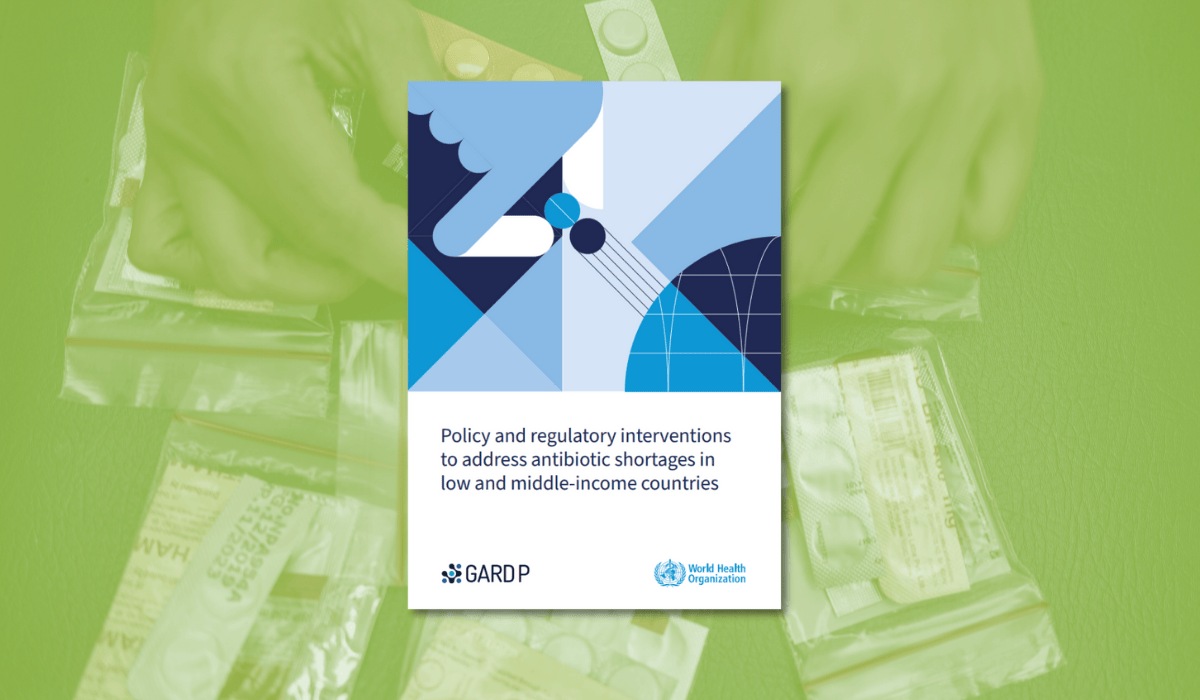
Antibiotic shortages are a serious and growing threat to health systems and the people they serve. When antibiotics are unavailable, patients may go without treatment, receive inappropriate substitutes, or turn to unsafe, unregulated alternatives – increasing the risk of avoidable deaths and driving antimicrobial resistance (AMR). While recent shortages in high-income countries have gained political attention, low- and middle-income countries (LMICs) are increasingly vulnerable.
In LMICs, shortages are often less visible because they are masked by routine stock-outs, weak surveillance and the circulation of substandard or falsified products. As regulatory systems improve and demand forecasting becomes more accurate, the true scale of shortages is becoming more evident. Without action, these gaps risk undermining both patient care and AMR control.
In Indonesia, strengthening qualified antibiotic supply and access of is part of broader reforms under the Health Transformation Agenda and National Action Plan on AMR Control (RAN-PRA). As surveillance, regulation and enforcement continue to improve, ensuring access to quality-assured antibiotics will be critical for protecting patients, maintaining treatment standards and strengthening health system resilience.
The new WHO report, Policy and regulatory interventions to address antibiotic shortages in low and middle-income countries, provides a stepwise framework for countries to address antibiotic shortages based on local capacity and health system maturity. Measures include short-term emergency waivers and accelerated approvals, diversification of suppliers, buffer stock management, carefully assessed local production, improved shortage monitoring and forecasting, and regional coordination.
WHO will continue to support Indonesia to strengthen regulatory systems, improve supply chain transparency and ensure consistent access to quality-assured antibiotics as part of universal health coverage and AMR control.
Download Policy and regulatory interventions to address antibiotic shortages in low and middle-income countries here: Policy and regulatory interventions to address antibiotic shortages in low and middle-income countries
